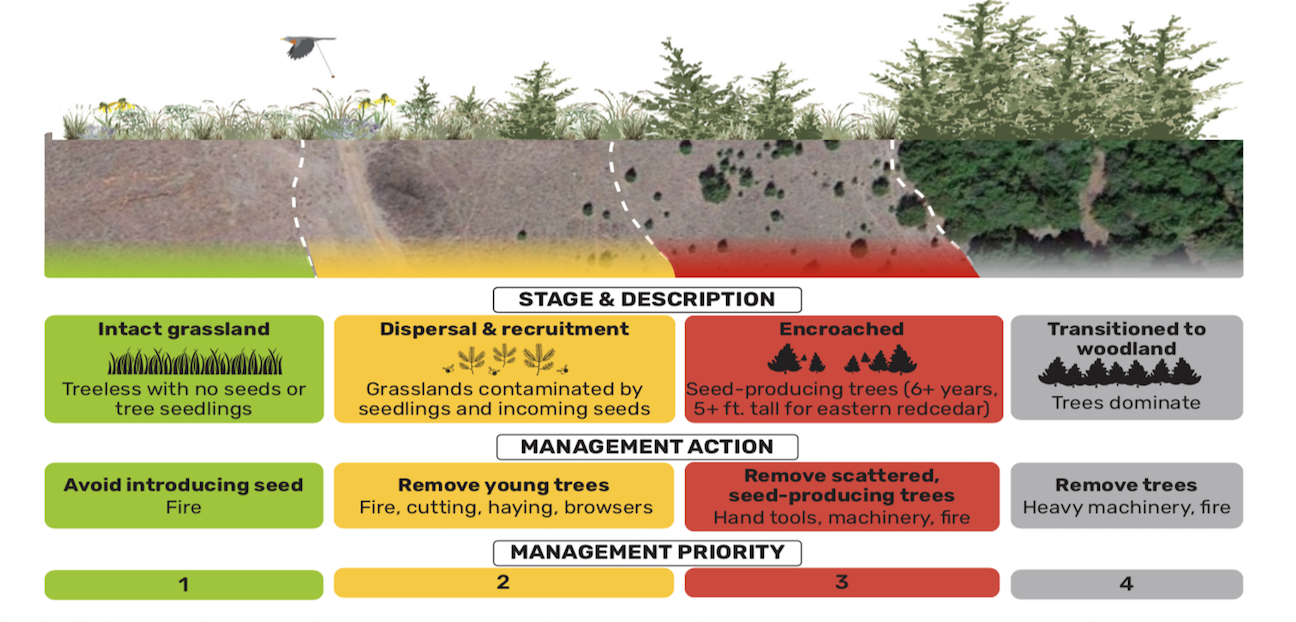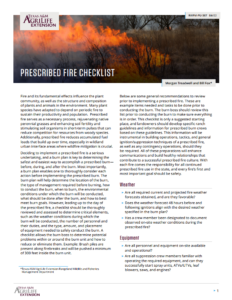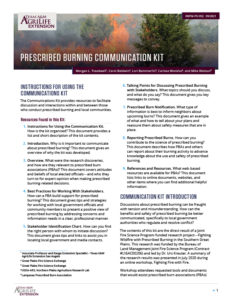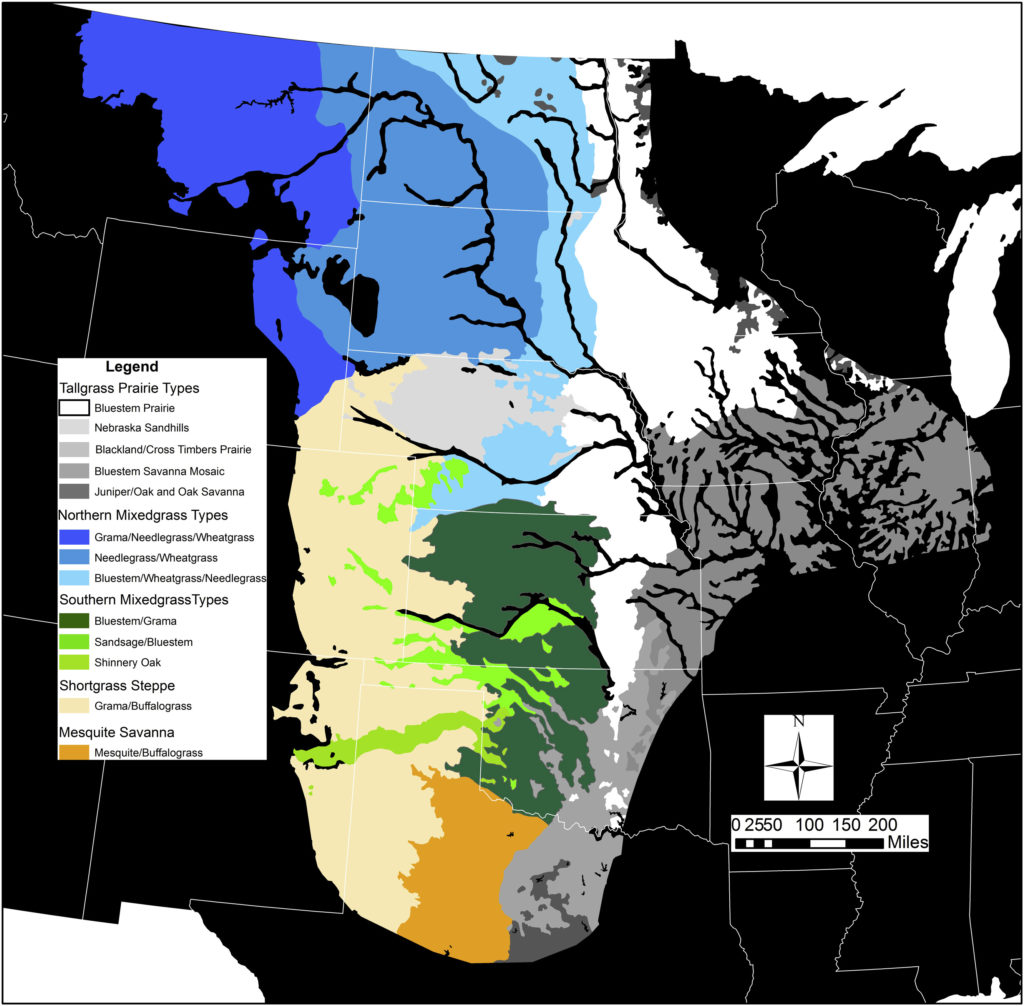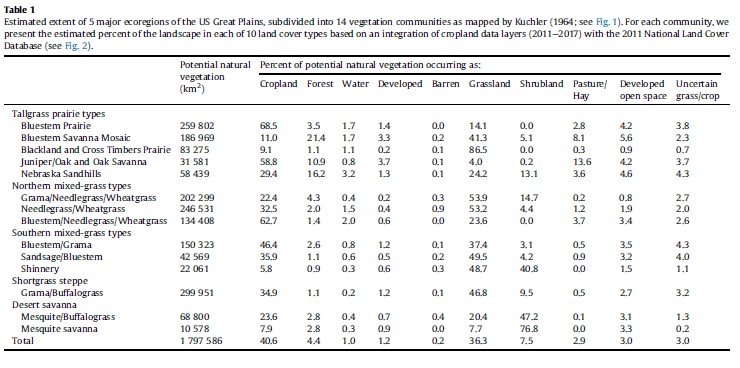 We are so grateful to showcase the amazing work of our department’s graduate students in RWFM 621! We worked with a devoted team of M.Sc. and Ph.D. students on developing a Communications Strategies and Extension Publication final project. This team took on an exciting task of making new science readily available to ranchers, landowners, and prescribed fire practitioners. Well done ya’ll and THANK YOU!!
We are so grateful to showcase the amazing work of our department’s graduate students in RWFM 621! We worked with a devoted team of M.Sc. and Ph.D. students on developing a Communications Strategies and Extension Publication final project. This team took on an exciting task of making new science readily available to ranchers, landowners, and prescribed fire practitioners. Well done ya’ll and THANK YOU!!
For thousands of years, fire has played a vital role in shaping healthy grasslands across the Great Plains. From Indigenous communities using fire to manage hunting grounds to today’s producer striving for resiliency in rangeland pastures, prescribed fire continues to be a powerful process for rangeland stewardship. But as NEW research shows, it’s not just about the initial fire—it’s about timing, consistency, and PROCESS.


